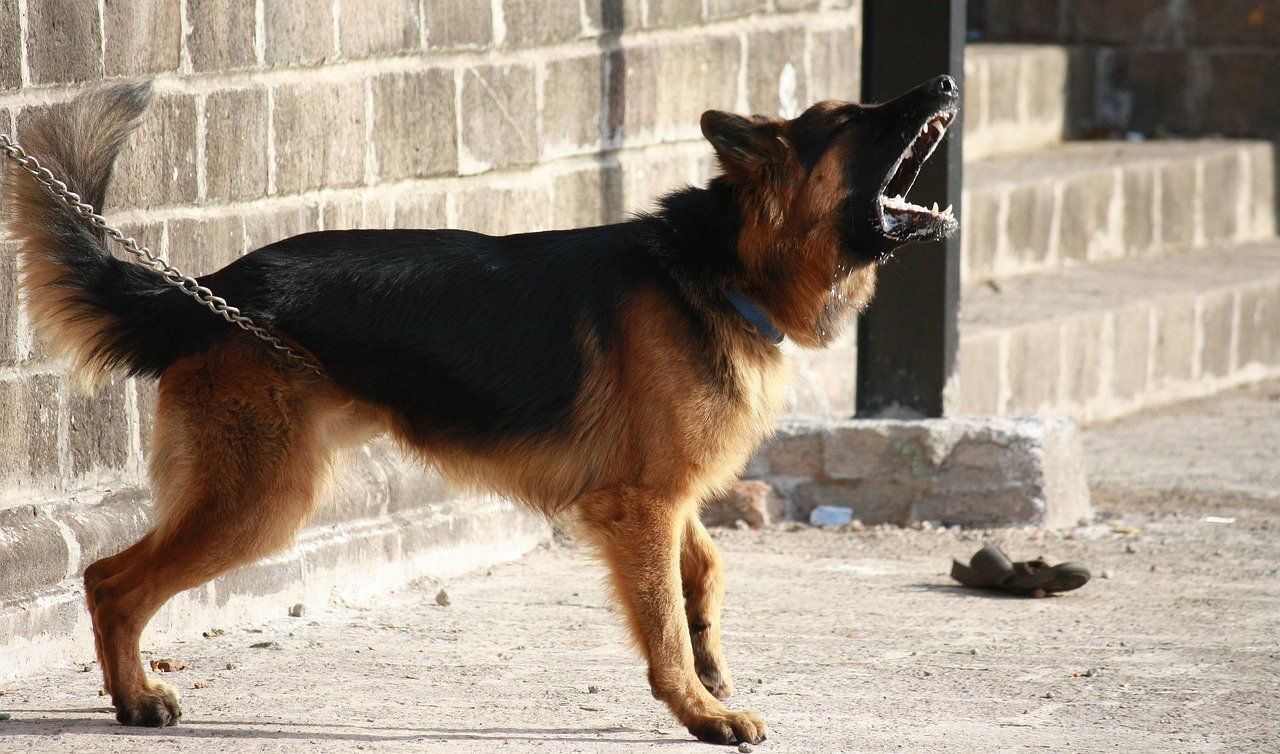Not every dog is a fan of strangers—and that’s more common than you might think. Some breeds are naturally more guarded, while others may have had past experiences that made them wary of new people. It’s not always about aggression; sometimes it’s just their way of protecting themselves or their loved ones. Understanding the root of this behavior—whether it’s fear, lack of early socialization, or a strong protective instinct—can help you respond with patience and empathy. With the right approach, like slow introductions and positive reinforcement, many dogs can gradually learn to trust and feel more at ease around unfamiliar faces.
The Roots of Canine Fear: Evolution’s Imprint
Dogs have been with humans for thousands of years, but their instincts run deep. Long before they became our best friends, wild dogs survived by being cautious around unknown animals and people. This wariness was a matter of life and death. Even now, those instincts can flare up when a stranger enters their territory. Imagine if you lived in a world where a newcomer could be friend or foe—you’d probably be watchful, too. While many dogs adapt to modern life, some still carry that old survival wiring, making them naturally suspicious of anyone they don’t know.
Lack of Socialization: The Missed Window
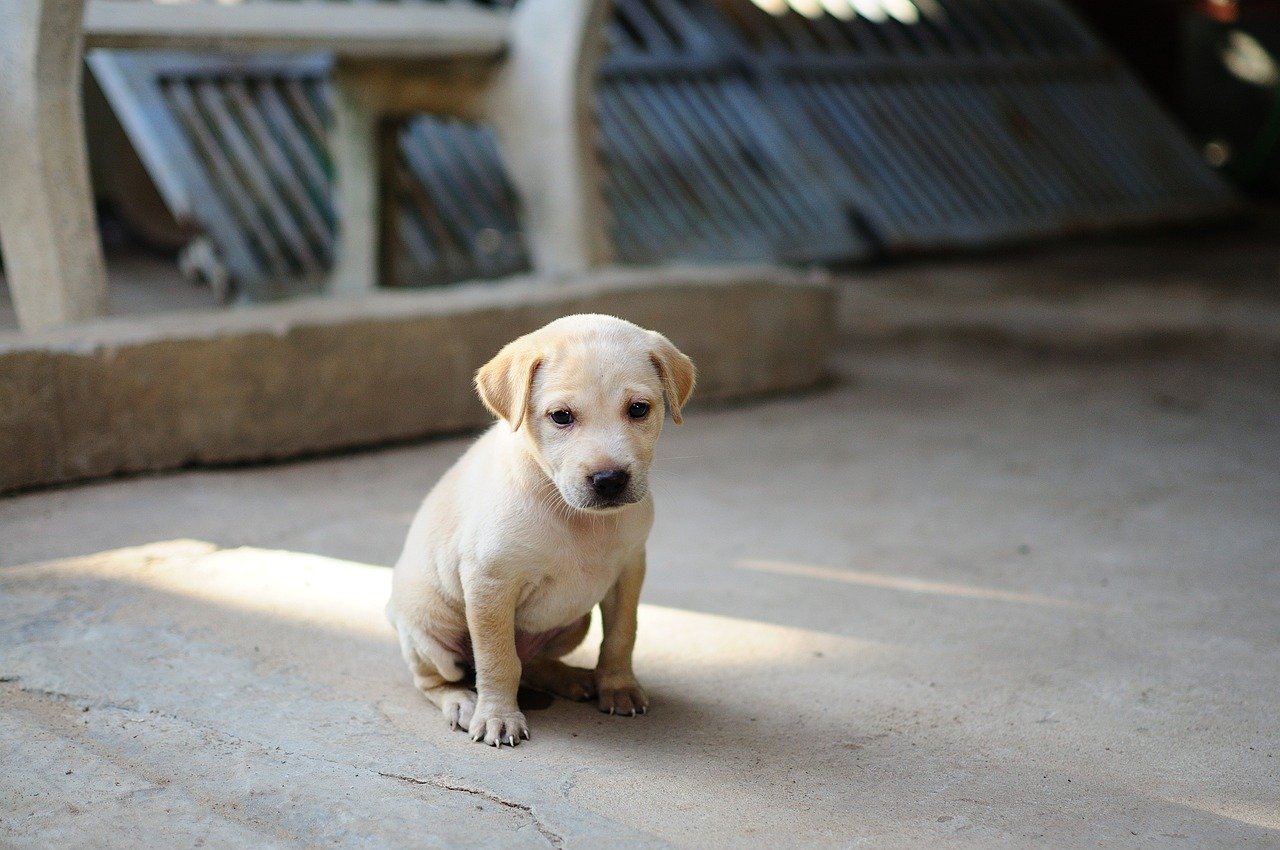
A puppy’s early months are like a blank canvas—what’s painted there can last a lifetime. If dogs aren’t gently exposed to different people, places, and sounds before 16 weeks old, their world can feel very small and scary. Missing out on positive interactions with strangers during this critical period often leads to fear or aggression later on. It’s a bit like a child who’s never left their house suddenly being dropped into a bustling city—they’d be overwhelmed, too. Socialization isn’t just a buzzword; it shapes a dog’s ability to trust.
Past Trauma and Negative Experiences
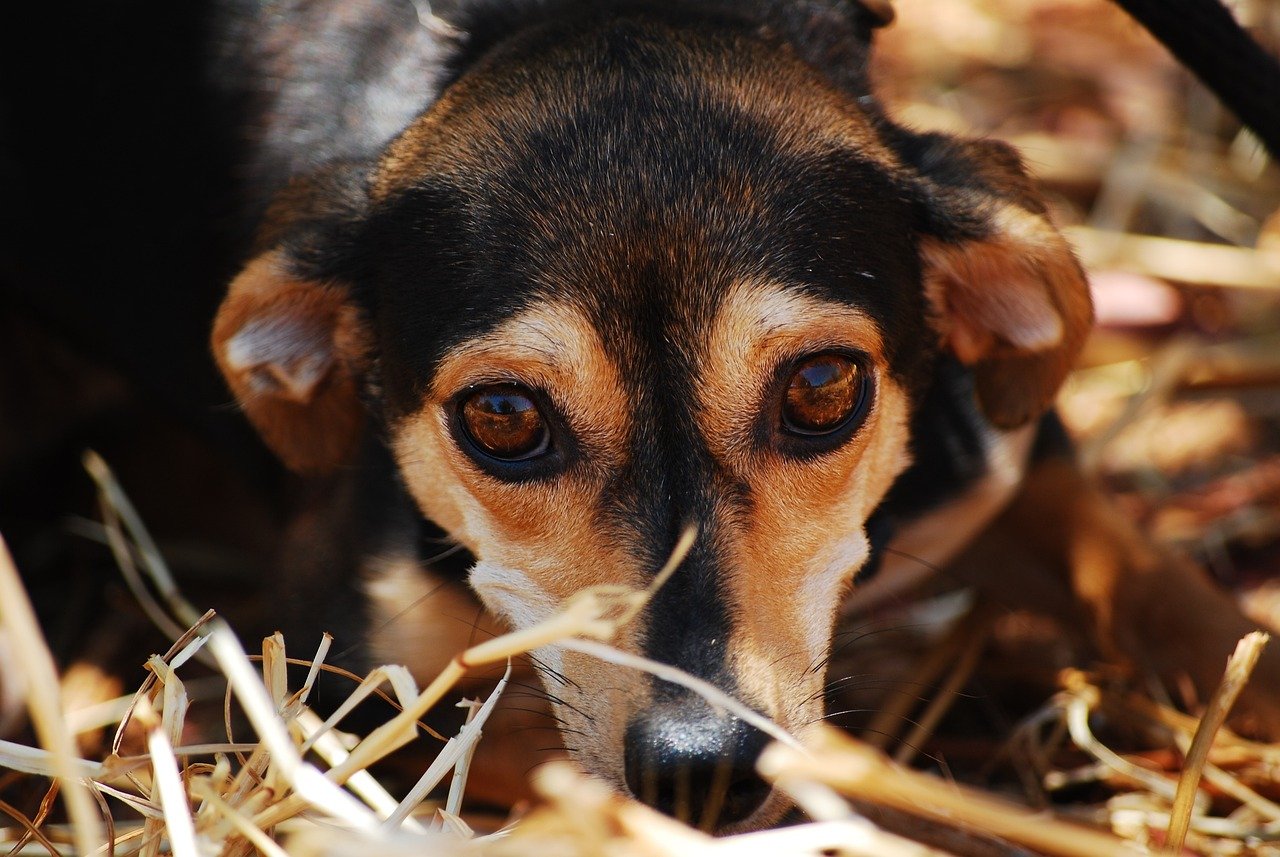
Some dogs wear invisible scars. Maybe a stranger once yelled at them, grabbed them too roughly, or simply ignored their boundaries. These bad memories can stick, turning every new encounter into a potential threat. Dogs don’t forget easily—they remember faces, smells, and feelings. For some, one traumatic event can make them wary forever, while others may bounce back with time and love. The unpredictability of past trauma is one reason why patience is so crucial when helping a fearful dog.
Protective Instincts: Guarding Their Pack
Dogs see their family—whether human or furry—as their pack. It’s their job, or at least they think it is, to keep everyone safe. When a stranger appears, some dogs instantly go into guardian mode. This isn’t about being mean; it’s about loyalty and love. They’re sounding the alarm, just like they would in the wild. In their eyes, a stranger could mean danger, so they bark, growl, or block the door. Even tiny lapdogs can have giant hearts when it comes to protecting their people.
Genetic Predispositions: Born This Way?
Not all dogs are created equal when it comes to friendliness. Some breeds, like Golden Retrievers and Labradors, seem to love everyone they meet. Others, such as Chihuahuas, Dobermans, or Akitas, tend to be more reserved or suspicious by nature. Genetics play a role, just like in humans. If you’ve ever wondered why your dog is so different from your neighbor’s, part of the answer might be written in their DNA. It’s not destiny, but it’s a strong influence.
Lack of Confidence: The Shy Pup Dilemma
Imagine walking into a room full of strangers when you’re painfully shy. For many dogs, every unfamiliar face is a challenge. Some are naturally more timid, trembling or hiding behind their owners instead of greeting newcomers. This lack of confidence can be due to genetics, missed socialization, or simply their personality. Building up a shy dog’s courage takes time and gentle encouragement, but the payoff—seeing them wag their tail around new friends—is worth every effort.
Owner’s Energy: The Mirror Effect
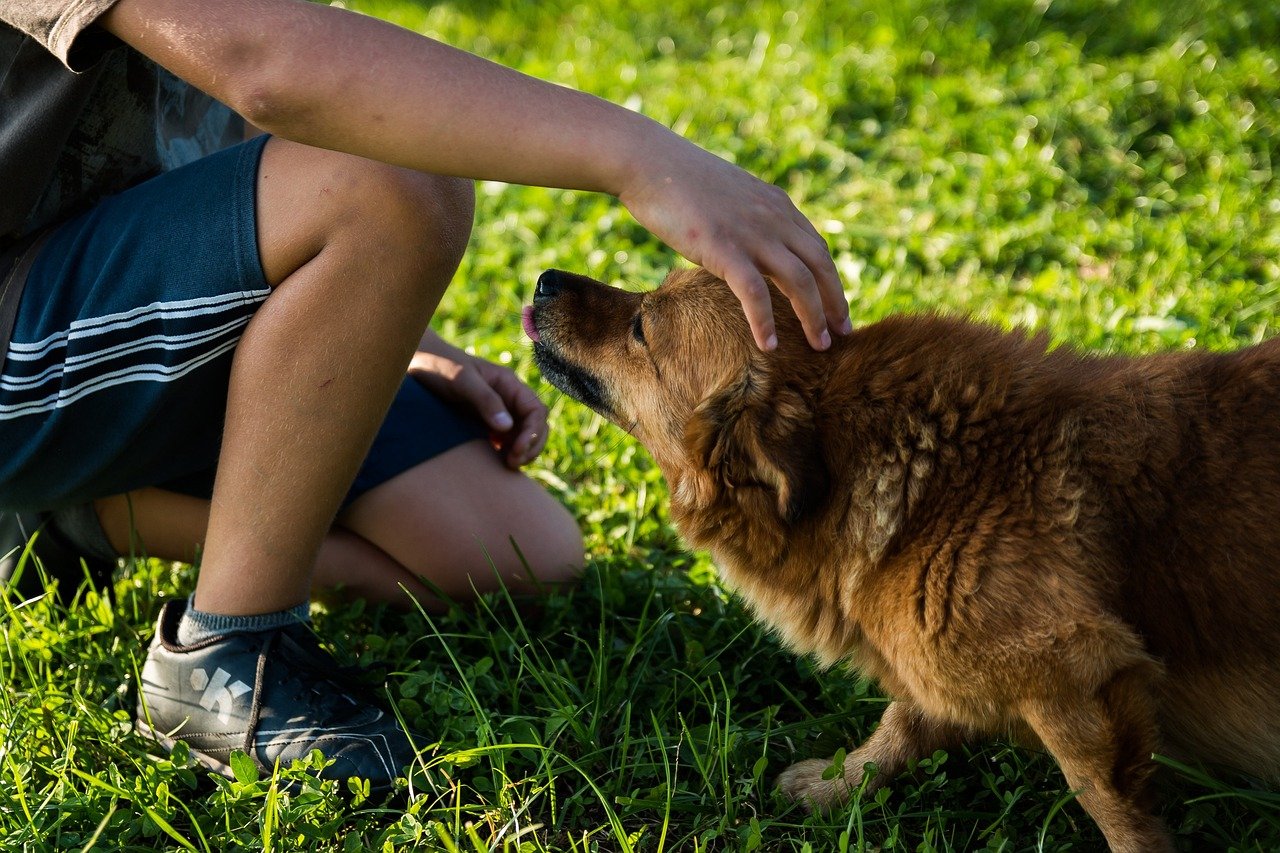
Dogs are like sponges, soaking up the emotions of the people they trust most. If you’re tense or anxious when meeting someone new, your dog will pick up on that vibe and act accordingly. Sometimes, without realizing it, we tighten the leash, step between our dog and the stranger, or hold our breath. This tells our dog, “Uh-oh, something’s wrong!” Remaining calm and confident can make a world of difference, turning you into a living example for your pup to follow.
Body Language Misunderstandings
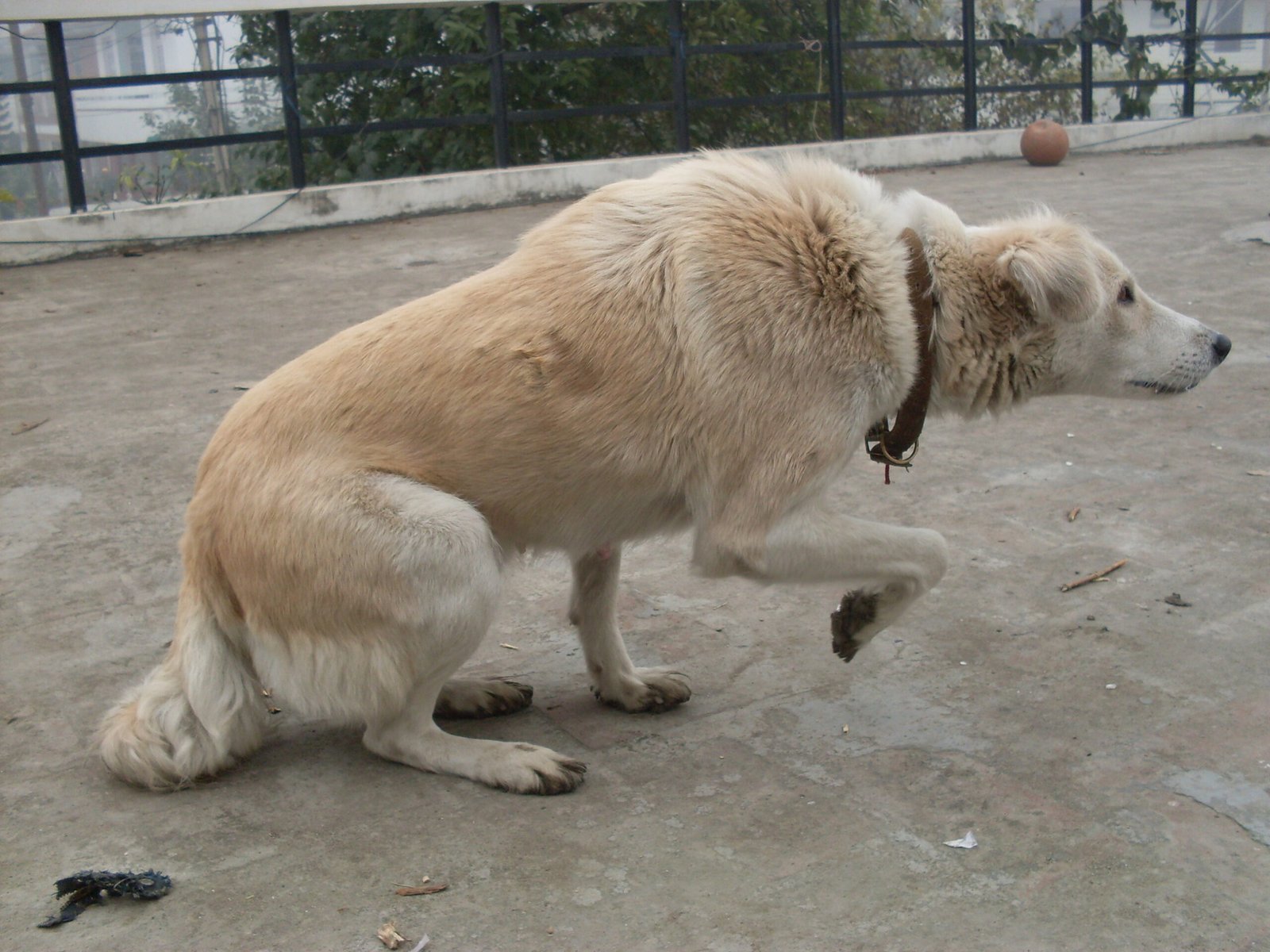
Humans and dogs speak very different languages with their bodies. A stranger might reach out their hand, lean over, or make direct eye contact—gestures that can feel threatening to a dog. What we see as friendly, a dog might see as pushy or dangerous. Dogs rely heavily on subtle signals, and when those get ignored or misread, fear is a common response. Teaching people how to greet dogs—slowly, calmly, and on the dog’s terms—can prevent a lot of scary moments.
Sensory Overload: Too Much, Too Fast
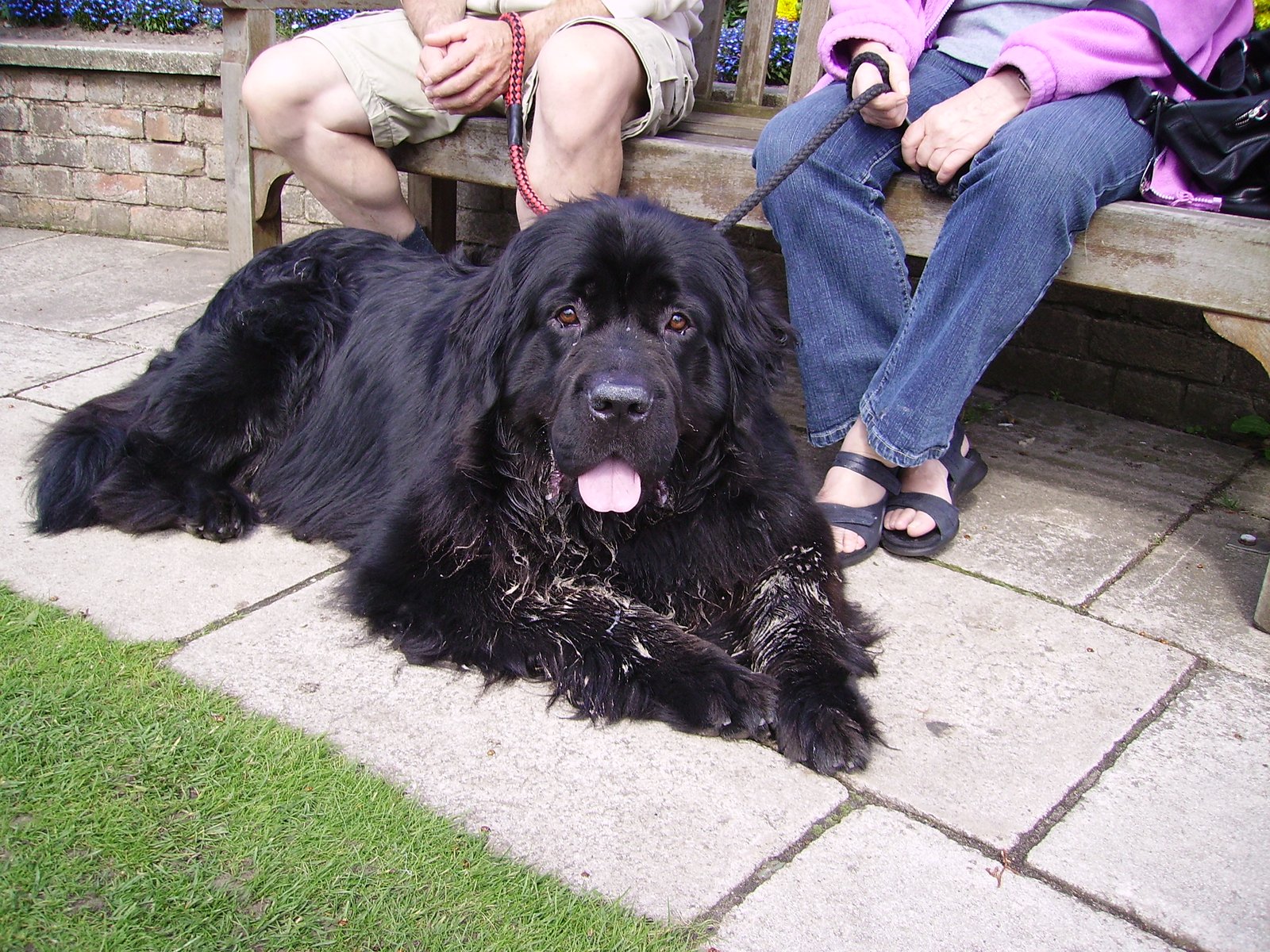
Imagine being in a carnival full of flashing lights, loud noises, and strong smells. For some dogs, meeting strangers is just that overwhelming. New people bring new scents, voices, and movements, which can quickly overload a sensitive dog’s senses. Some pups need more time to process all this information. Giving them space and letting them approach at their own pace can make all the difference between panic and acceptance.
Territorial Behavior: My Space, My Rules
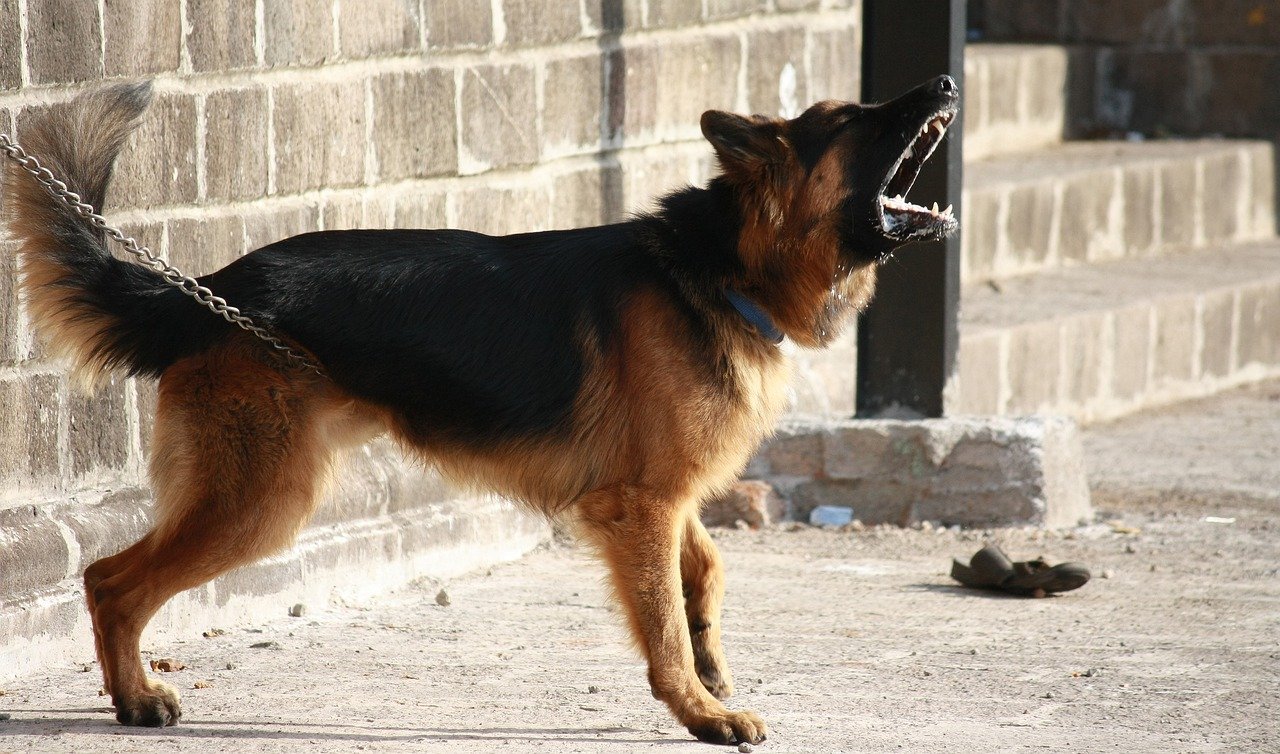
Home is a dog’s castle, and they take that role seriously. When a stranger walks into their space, dogs might bark, growl, or even snap—not because they’re mean, but because they’re defending what they see as their territory. This is especially true for breeds with strong guarding instincts. Even the friendliest dog can get prickly if someone barges into their “safe zone” uninvited. Setting up introductions outside or in neutral spaces can help reduce this type of stress.
Health Issues: Pain and Discomfort
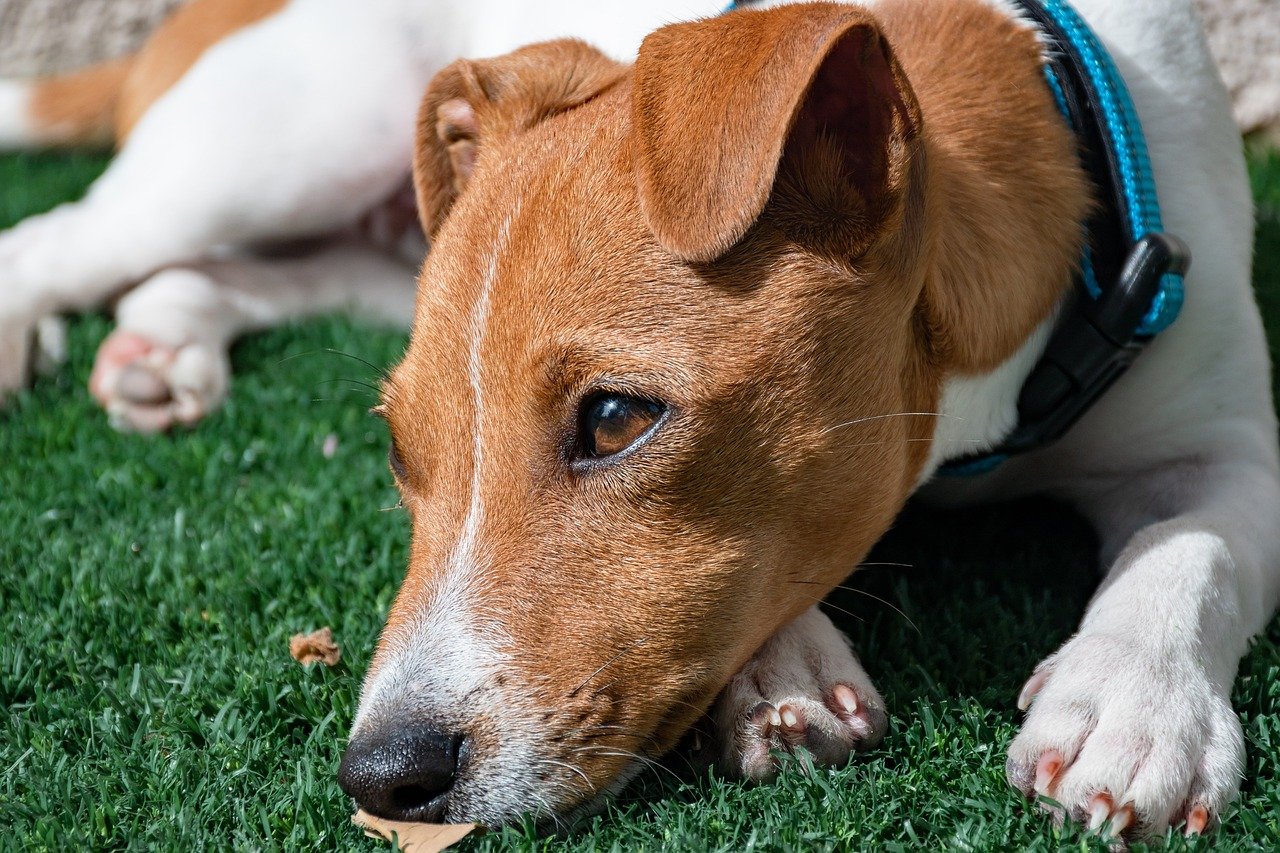
Sometimes, the reason a dog reacts badly to strangers isn’t emotional—it’s physical. A dog in pain, with sore hips or an upset stomach, is less likely to want to interact with anyone, let alone someone new. Chronic pain can make even the sweetest dog snap or hide, simply because they don’t want to be touched or startled. Always consider a vet check if your dog’s behavior suddenly changes. Addressing health problems can work wonders for their mood and trust.
Building Trust: Steps Toward a Happier Dog
Helping a dog overcome their fear of strangers takes patience, understanding, and consistency. Start small—let your dog observe new people from a distance, rewarding calm behavior. Use treats, gentle praise, and never force interactions. Encourage friends to ignore your dog at first, allowing your pup to approach on their own. Over time, these small victories build trust and confidence. Remember, every dog is unique. What works for one may not work for another, but with love and persistence, progress is always possible.
Understanding why some dogs dislike strangers isn’t just about correcting behavior—it’s about building trust. Every bark or growl often hides a story of fear, instinct, or past experiences. With a little patience, positive reinforcement, and empathy, you can help your pup feel safer and more confident. Remember, earning a dog’s trust is a journey, but one that deepens your bond in the most rewarding way.

Linnea is a born and bred Swede but spends as much time as possible in Cape Town, South Africa. This is mainly due to Cape Town’s extraordinary scenery, wildlife, and atmosphere (in other words, because Cape Town is heaven on earth.) That being said, Sweden’s majestic forests forever hold a special place in her heart. Linnea spends as much time as she can close to the ocean collecting sea shells or in the park admiring puppies.

